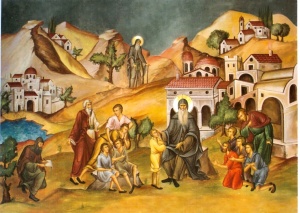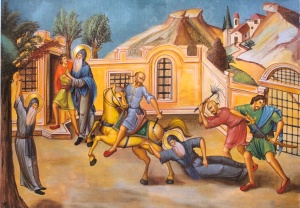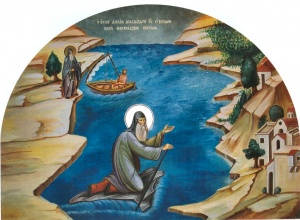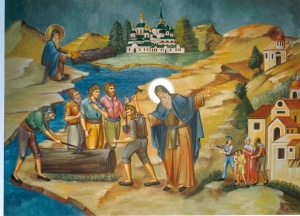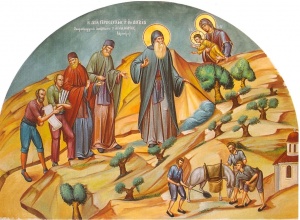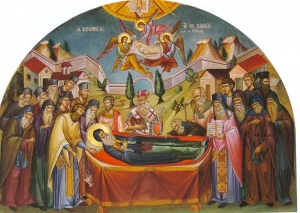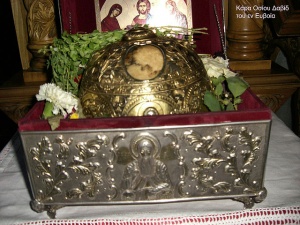Please, see:
Mary and the Temple
Entrance of the Theotokos Resource Page (November 21)
St. Iakovos (Jacob) Tsalikis of Evia a sun of love, a living incarnation of the Gospel (November 22)

Akathist to St. Iakovos Tsalikis of Evia (+1991)
Three contemporary Orthodox Saints & the African peoples: Saints Porphyrios of Kafsokalyvia (an area, whose name means "the hut burner", on Holy Mount Athos), Paisios the Hagiorite and Jacob of Evia...
Father George Calciu († 2006, November 21)
The anti-Human








